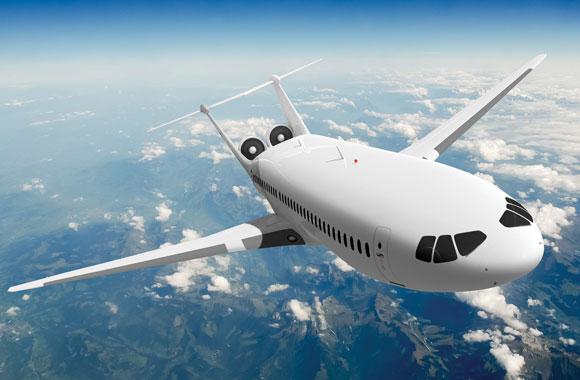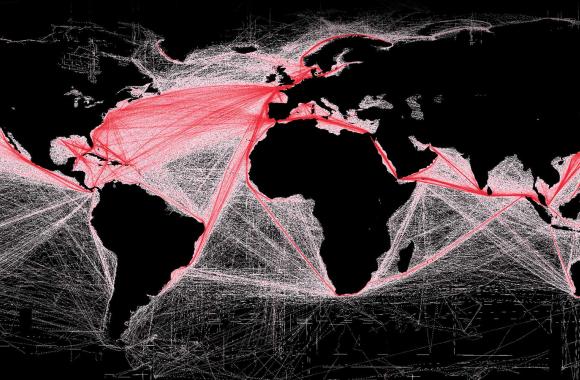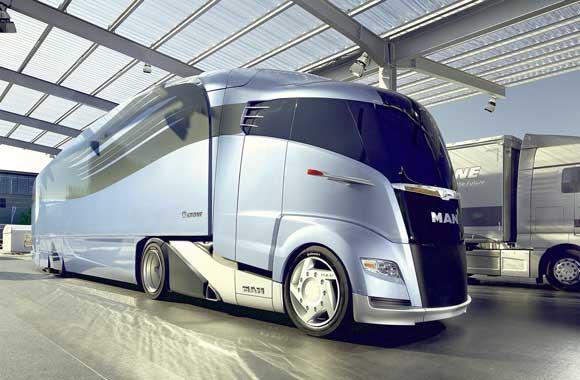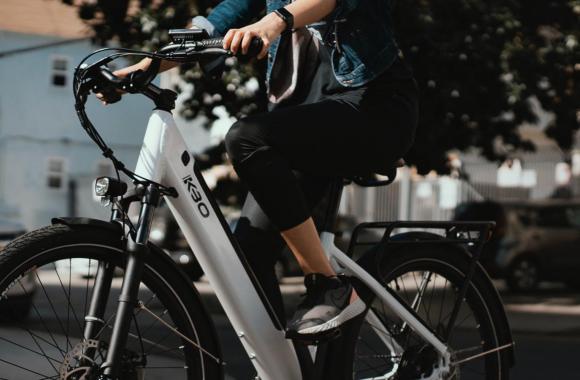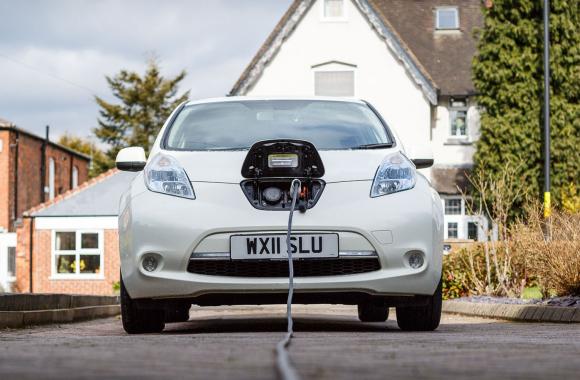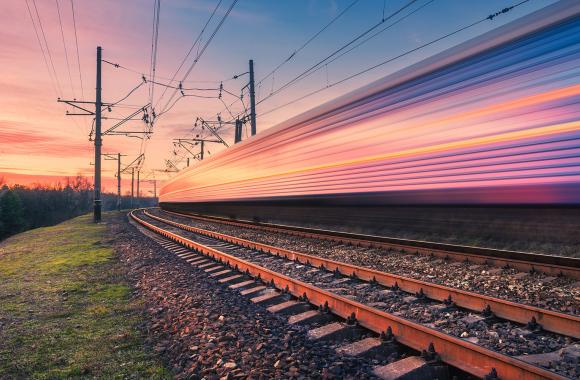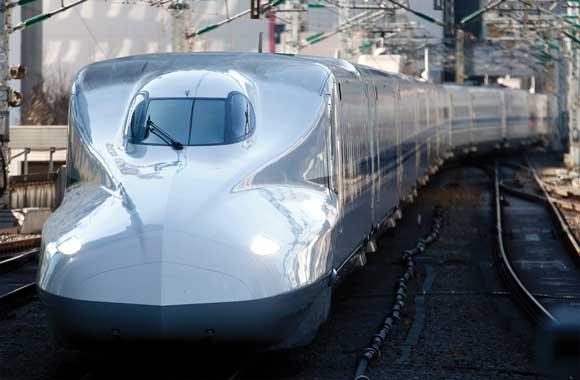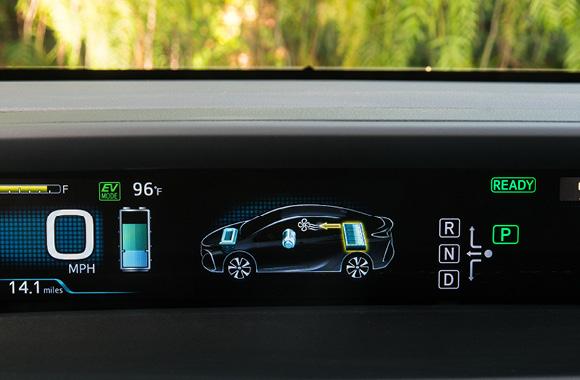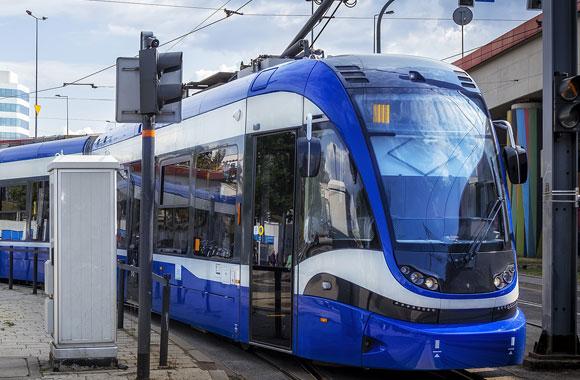Getting people or things from Point A to Point B: In some ways, transportation is incredibly simple. Humans would be stuck at the speed of walk, run, swim, or horse if it weren’t for planes, trains, automobiles, buses, bicycles, and boats. Mobility has played a critical and complex role in shaping society, and the demand for it is only growing.
Most of the energy driving mobility today is generated by burning gasoline, diesel, and jet fuel. Why? Because of a formidable combination of energy density (the energy contained within a liter or gallon), abundance, and low cost. But account for what isn’t included in that price, and petroleum-powered mobility is expensive indeed. The air pollution it produces harms human health. Oil spills ruin land and water. And then there’s the cost to the climate system: Transportation is responsible for 14 percent of global greenhouse gas emissions.
How can we support the social good of mobility, but end its dependence on petroleum? In what ways do vehicles, infrastructure, and operations need to change to eliminate transportation emissions?
These are the questions society must answer if we want to keep moving—ourselves or other items—for reasons of necessity, pleasure, or commerce.
Project Drawdown’s transportation solutions address alternatives, fuel efficiency, and electrification.
Shift to Alternatives
Alternative modes of mobility reduce demand for fossil-fueled transportation or replace it altogether. With public and “pooled” transit, we can make the most of available seats. Compact cities, appropriate infrastructure, and advanced communication technologies make it possible to walk, cycle, or simply stay put.
Enhance Efficiency
Where combustion engines remain in use, vehicles can be made far more fuel-efficient through mechanical improvements, lightweighting, better design, and energy-efficient operation.
Electrify Vehicles
Electrification of vehicles completely replaces petroleum—and has even greater benefits when paired with renewable electricity generation.
These transportation solutions have the potential to save money and preempt pollution, but the transformations required are substantial, and change can be slow. Vehicles remain in use for many years. New transportation infrastructure is expensive and takes time to build. Clean fuels for airplanes remain distant. But many of the solutions can, if done intelligently, create more equitable mobility and livability in our cities and communities while substantially enhancing the stability of our climate.




